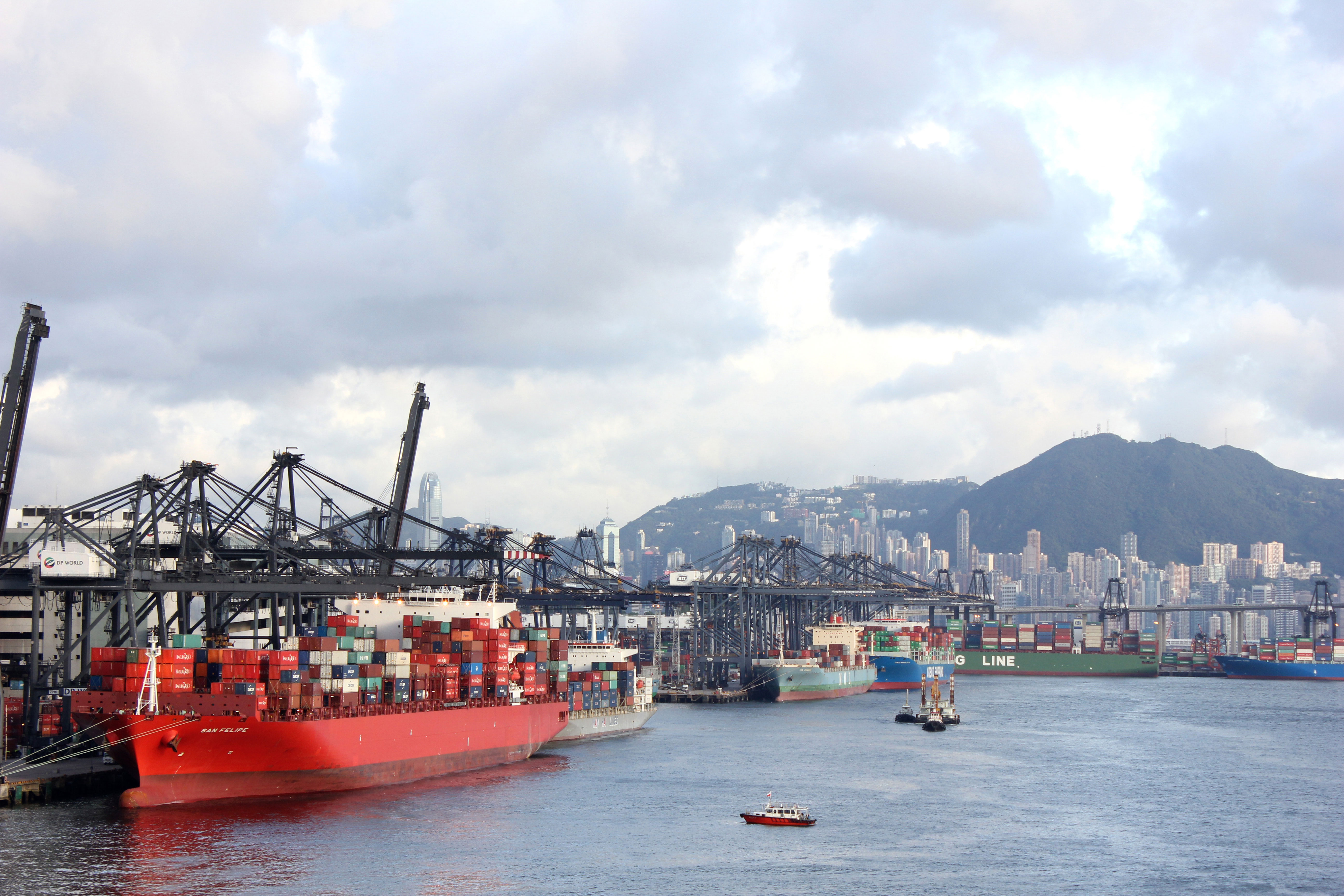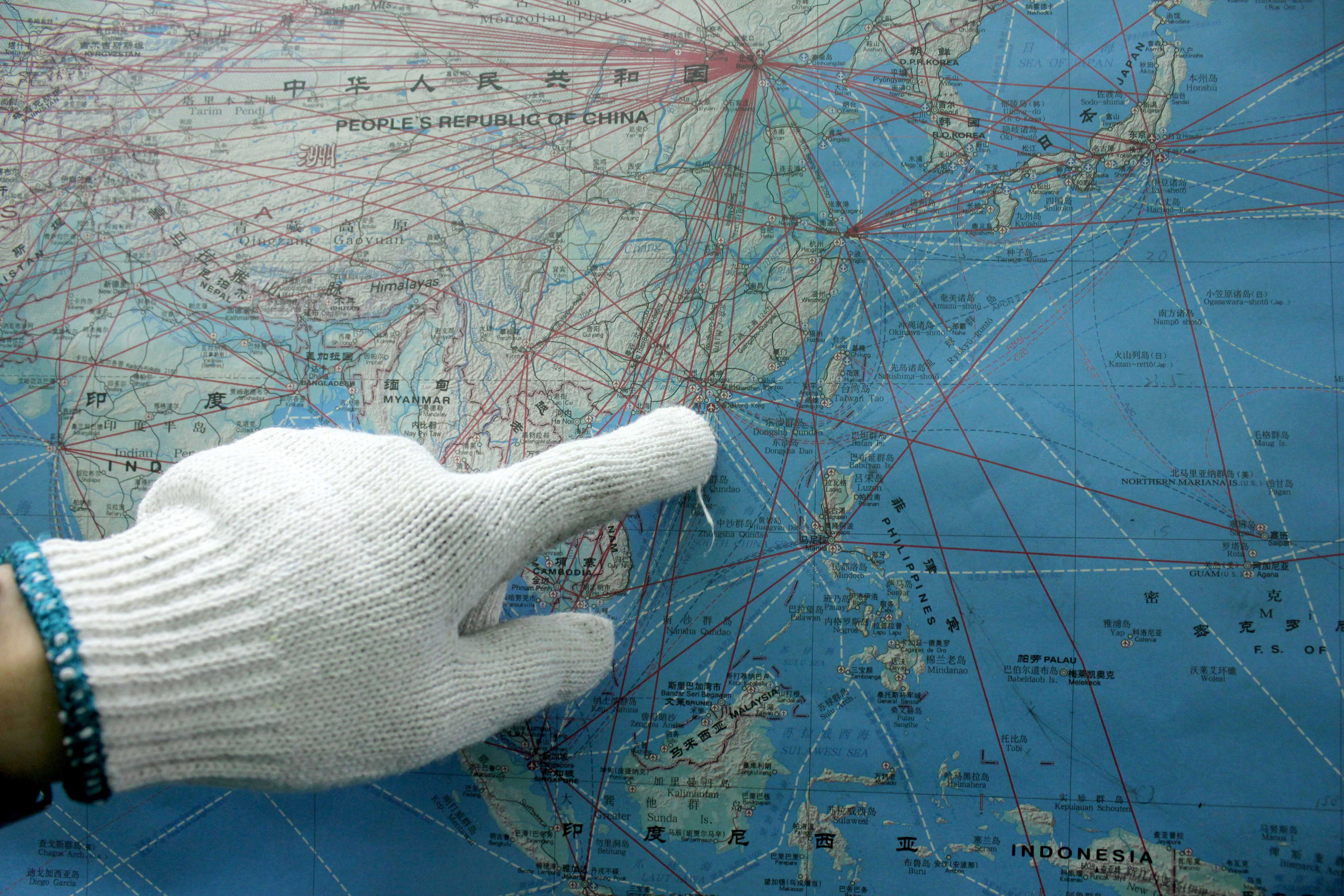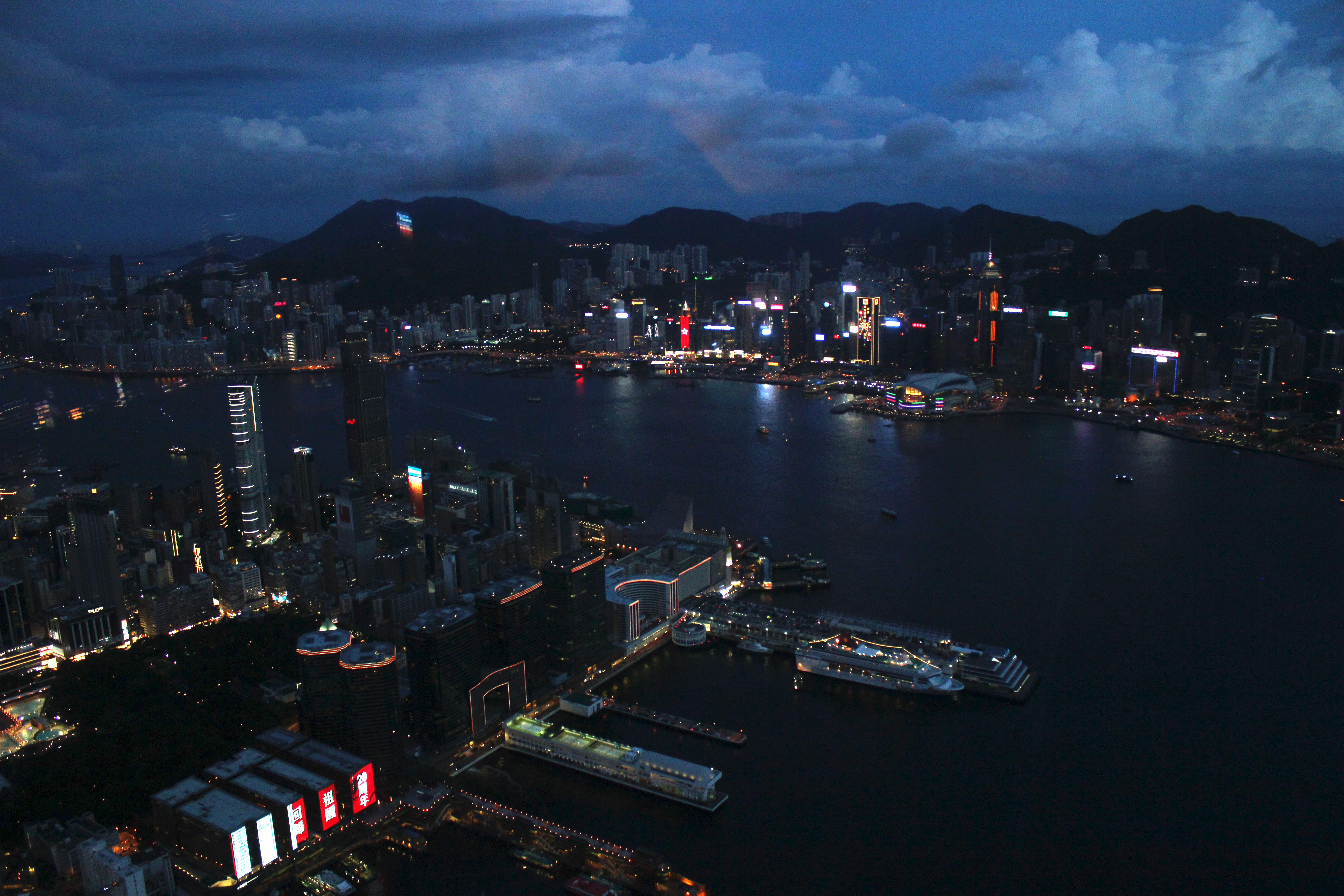
Honk Kong Science and Technology Park
We had the great opportunity to visit the Hong Kong Science and Technology Innovation Park that gather several enterprises, start-ups and research center in one place. One of their focus is helping startups, to find talents and money they need to be able to scale and grow. For now, the start-up community involves 270 startups with different labs, strategy connections. It is a completely self-sustainable innovation park with non-governmental support.
International companies come here to take advantage of the system of Hong-Kong but it is also a way for local companies to reach a global market. The geography of Hong-Kong has always been a very important position in Asia. Since the English colonization, an European legal system has retained together with Asian culture and mentality. Therefore, Hong-Kong plays an important role in global logistic, shipping, cargo and so on.
Just to have an idea, there are more than 13’000 persons who work at this Innovation Park containing around 638 enterprises. To give some example: Philips, Hitachi, Scania or Huawei have R&D center in HKSTP.

A large ecosystem
This innovation park is part of a global scheme in Hong-Kong: there are also InnoCentre, that we also had the occasion to visited, and different industrial estates for advanced manufacturing.
At the Innovation Park they presented the unique ecosystem of Hong-Kong, to give us a better understanding of the ecosystem maturity. The key ideas were: Honk Kong innovation ecosystem is just at his beginning but it is growing very fast. The Innovation and Technology ecosystem is based on six entities: Investment (private investments at all stages, private sector to engage in R&D and Tech Transfer), Human capital (supply of R&D talents, attract and retain overseas talents), Innovation Culture (build open innovation culture), Infrastructure (respond to industry need), Policy support (solve market failure, fund education and research, adoption in public and social services) and Market and industry adoption (proximity of large markets, professional services, industry adoption).
A fairly unique and unusual philosophy of the government is that a foreign company could get funding here but that the money does not have to stay in the country (in China mainland, it is not allowed). This allows start-ups from all around the world to come there and only have 50% of the company in Honk Kong, so you can legally be based in Hong-Kong and in your “home city” at once.
The Shenzhen mirror
Another important aspect is the omnipresent dual contrast between Honk-Kong and Shenzhen.They seem to be rival on who will lead the hardware making industry in this fast growing sector. Before, the manufacturing was an important part Hong-Kong but today 90% of the manufacturing has moved to the southern part of China and essentially in Shenzhen. Regarding the finance sector, Hong-Kong has great advantages over mainland China.
Hong-Kong wants to push the reinventing of technology and innovation. Where the most important aspect is to put science, design and business together. Exactly as we are trying to do in this program CHIC.
The government in Hong-Kong wanted to encourage the innovation ecosystem therefore they have created the Bureau of Technology and Innovation as an attempt to assemble everything under on department. It makes it a very comprehensive system in forms of policy and politic support. This means that there is a free flow of information, money and people in Hong-Kong that is still not the possibility in mainland China. In others words, there are many advantages to have a business here.
With an innovative ecosystem, the idea is to re-industrialize. A new type industries demand a new type of work. For example, automated jobs which will create different kinds of work that we have today.
This innovative ecosystem attracts great talents from overseas and even a lot of China’s top students comes here to study.
A lot of the people we have met describe Hong-Kong as the new Asian silicon valley. Compared to Switzerland, Hong-Kong and China is still in the beginning of its innovation face.

Greater Bay Area the new Silicon Vally?
On the border between Shenzhen and Hong-Kong there is a river that shifted and created an island, for a long time none could agree to who it belongs. Finally, it was decided that it belongs to Hong-Kong and that this will become a joint point of development between Hong-Kong and mainland China. A place to cooperate to grow faster and stronger. Where Hong-Kong and Shenzhen will work more closely together with a brain of new developments that will take advantage of both system. The legal system with free flow of information in Hong-Kong and the leverage of the hardware factory of the world that is Shenzhen.
The idea is to create a smart region – where the Bureau of Technology and Innovation will establish different rules to allow quick testing of new products and concepts. To make this reality a big innovation park is currently being built in on the border between Shenzhen and Hong-Kong.
Therefore, It may conciliate the two parts. And it seems that this will bring two important ingredients to build a strong and sustainable innovation center: an open and free economy (Hong-Kong) with strong manufacturing skills (Shenzhen).
It is an exciting time in Hong Kong and China thanks to this innovation park that in only five years from now will be finished.

